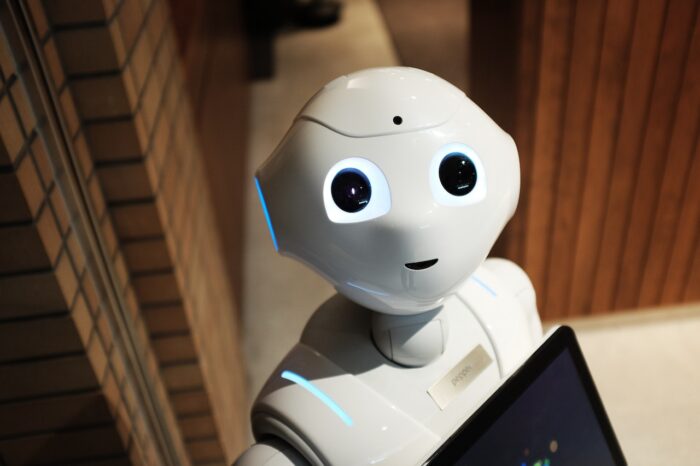They say that when people want to find an easier way to do things, they can do it. The old ways of doing things are going to take more time. This is not acceptable anymore in the fast-paced world that we live in.
Businesses are always making an effort to do things that will please their customers. They need to show customers why they should be chosen over all the competition. Using chatbots can help make online customer service less tedious for employees.
What Is Chatbot Dataset?

The chatbot dataset is not going to be effective without Artificial Intelligence or AI. AI is becoming more advanced so it’s normal that better artificial intelligence datasets are also being created.
Chatbots are computer programs that will do the tasks of customer service representatives. They can carry on human conversations to answer people’s inquiries and concerns in a shorter amount of time.
Imagine if you have customer service representatives that will only work during office hours. They will answer your customers’ inquiries during those hours. The moment that they get out of the office, people’s questions will be ignored. This can be enough to make customers feel that the company is making them feel unimportant.
They may choose to purchase similar products from other companies instead. They may also be encouraged to try the services of your competitors. Utilizing a chatbot training dataset can help solve this problem.
Why Is Dataset Annotation Important?

Dataset annotation is considered to be a tedious process. Yet, its importance is being more felt by companies from different parts of the world. This process involves collecting all types of relevant data, annotating them, and letting machines reach their best versions. Machines that are properly trained with the right dataset can provide consistent and high-quality outputs.
AI Chatbot Training Benefits

Some business owners feel that investing in the training dataset for chatbot is going to make them lose money. This can be considered an investment because of the benefits that it can provide in the years to come.
- 24/7 Availability – People can ask questions anytime and expect a response from your company. It is bound to make any customer feel more important, which can build a better rapport between you and the customer.
- Customer Engagement Is Increased – Chatbots are going to answer inquiries faster than sending emails. The better the engagement, the better that customers are going to view your company.
- Improve Marketing and Sales – Chatbots can also be used for some of the campaigns done on social media. This will help them come up with leads and seek out customers that are more likely to interact with your company.
- Reduce Overall Costs – Maintaining your business will require a lot of hard work. It will also require a lot of money. Having an ML engineer improve chatbots will ensure that you can provide the customer service that your customers expect from you without having to increase the amount that you have to pay.
The better chatbots are trained with the use of proper dataset annotation, the more accurate they will be.
How Are Chatbots Manually Trained with a Chatbot Training Dataset?

Manually training a chatbot is like having a child. The things that the chatbot can offer will depend on the type of care that you can provide for it. You need to hire the best data annotators that can do proper training.
- Understand the needs of the users. What are the things that the user would like to be helped with? The clearer this is, the easier it will be to find the right type of data to use. The data will be used to manually train the chatbot.
- Build the horizontal coverage. This will contain the usual questions and inquiries that people might have. You will learn some of the valuable queries that people want to know about.
- Do some intent clustering. Some intents are already placed on your datasets. You may also have new intents that need to be placed on the dataset. The goal is to maximize the understanding of your chatbot with the given data.
- Start chatbot training. You will need the help of a machine learning developer for this purpose. The dataset should be improved until it reaches an accuracy of 85%. This means that it will be able to understand 85% of the data that you will feed to it.
- Create the chatbot. Do not be discouraged if your first chatbot is not as accurate as you want it to be. The remote machine learning developer needs to do some trial and error before you will become satisfied with how the machine will handle questions and inquiries.
- Continue to train the chatbot. This is going to be an ongoing process because there are always changes that you need to make. The trends are always going to change. You may come up with things that can help your customers more.
The important key to remember is to always keep the chatbot as accurate as possible. The accuracy level should not go down below 85%.
Conclusion
Consistency is always the key to training the chatbot properly. A chatbot dataset is only as good as the developer and the trainer. This is why you need to hire the right people who will provide the training that the chatbot needs.
Find a Home-Based Business to Start-Up >>> Hundreds of Business Listings.














































